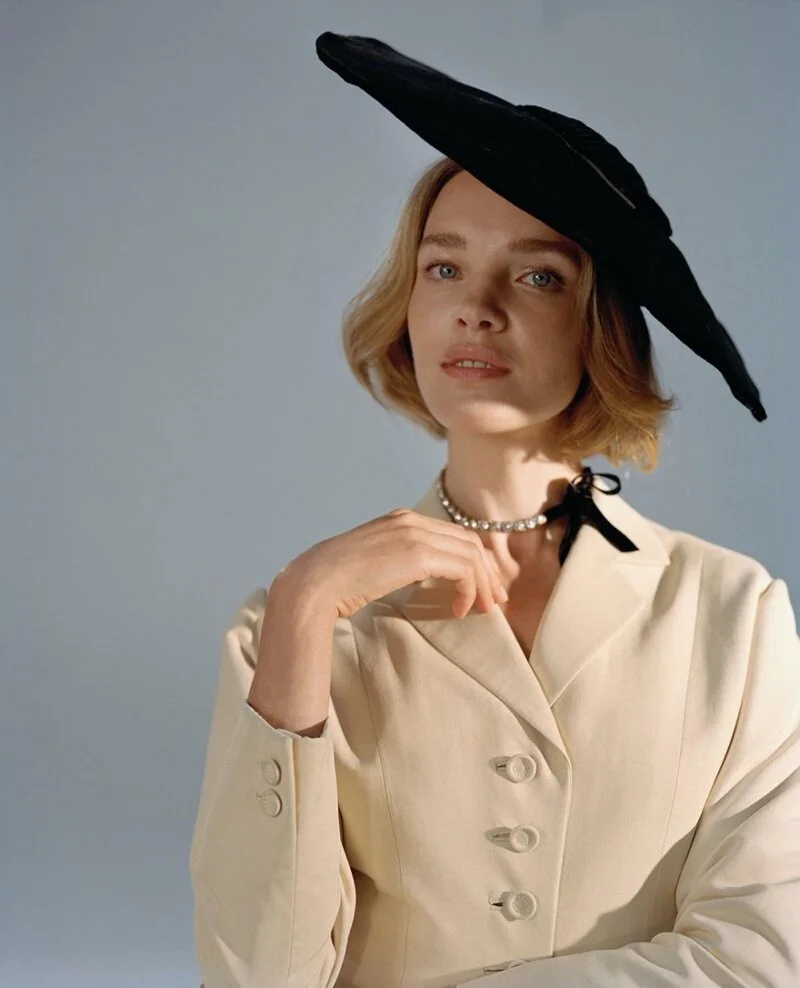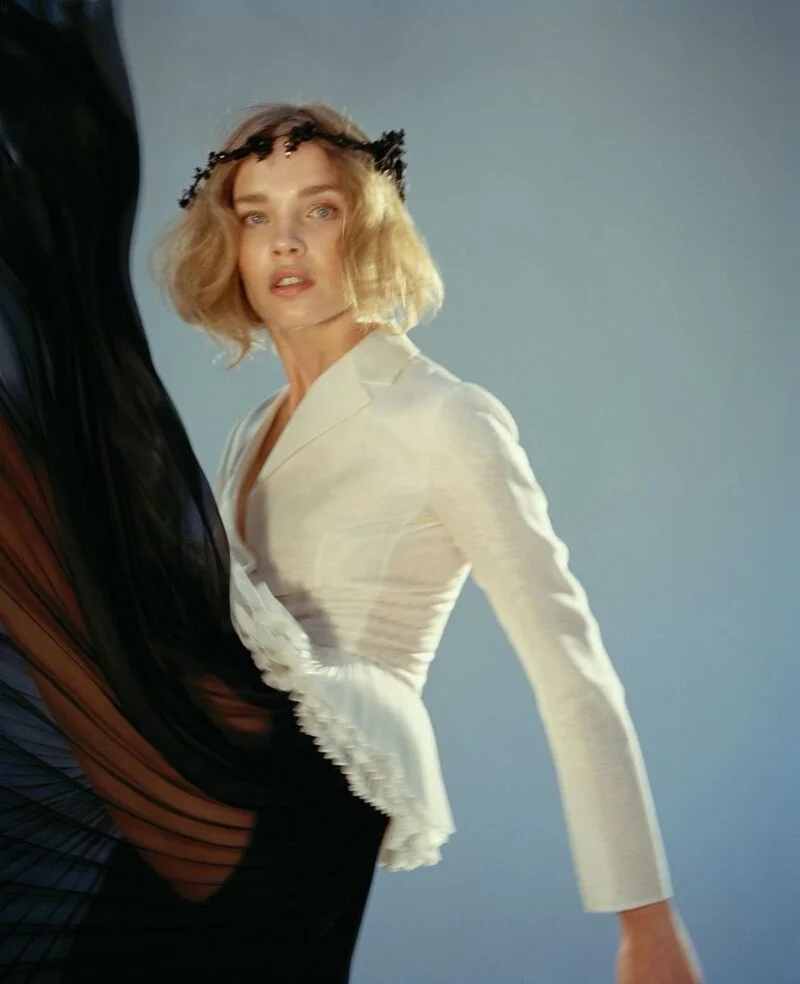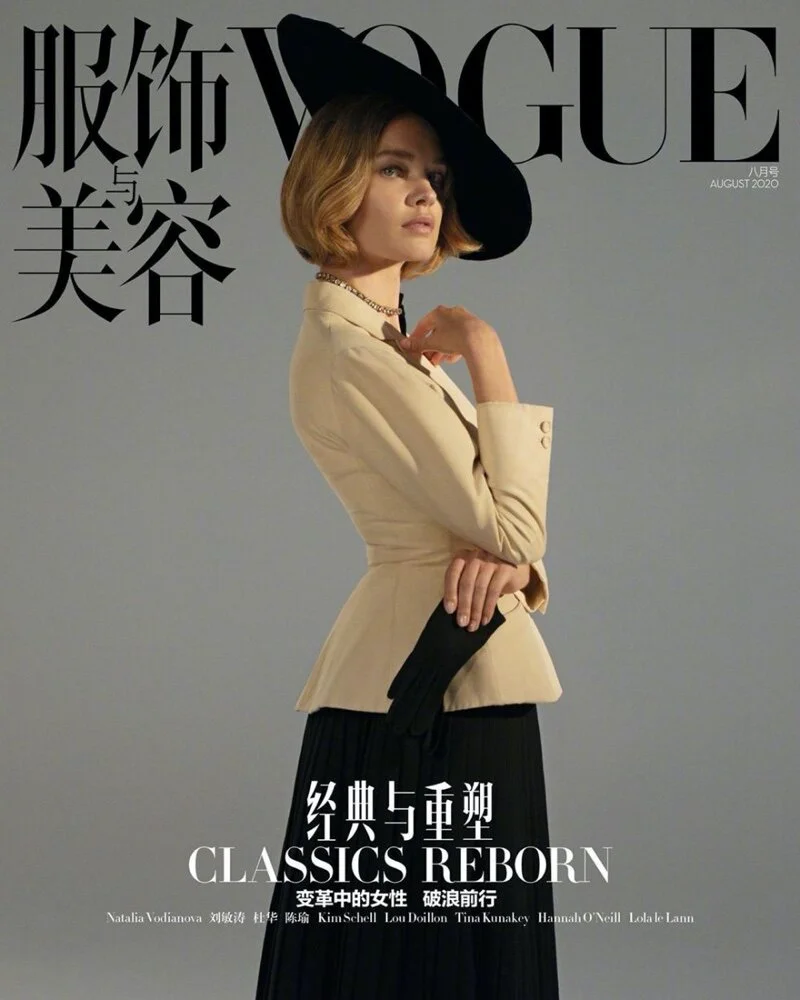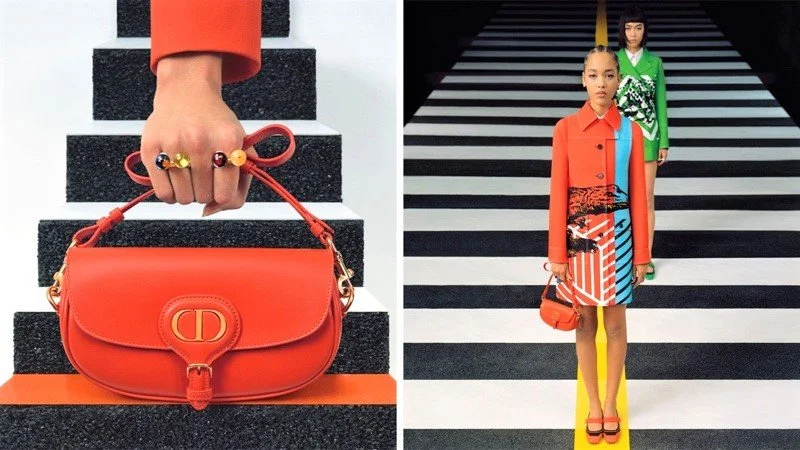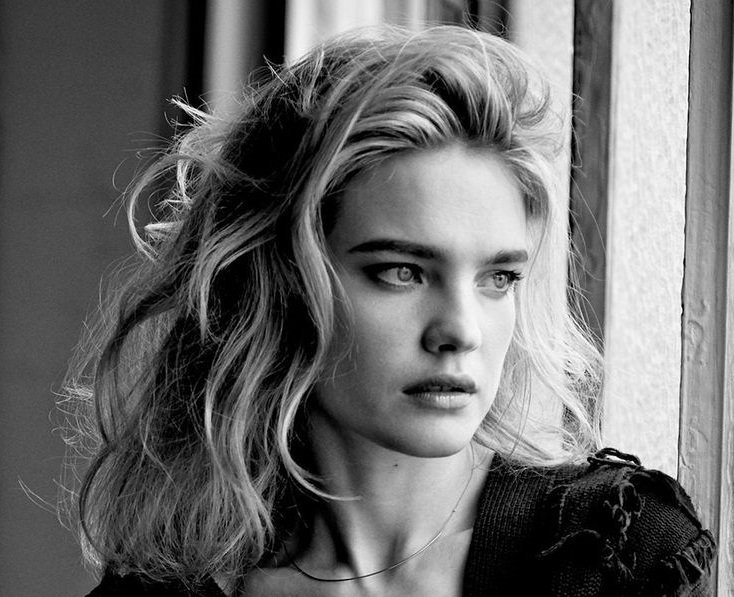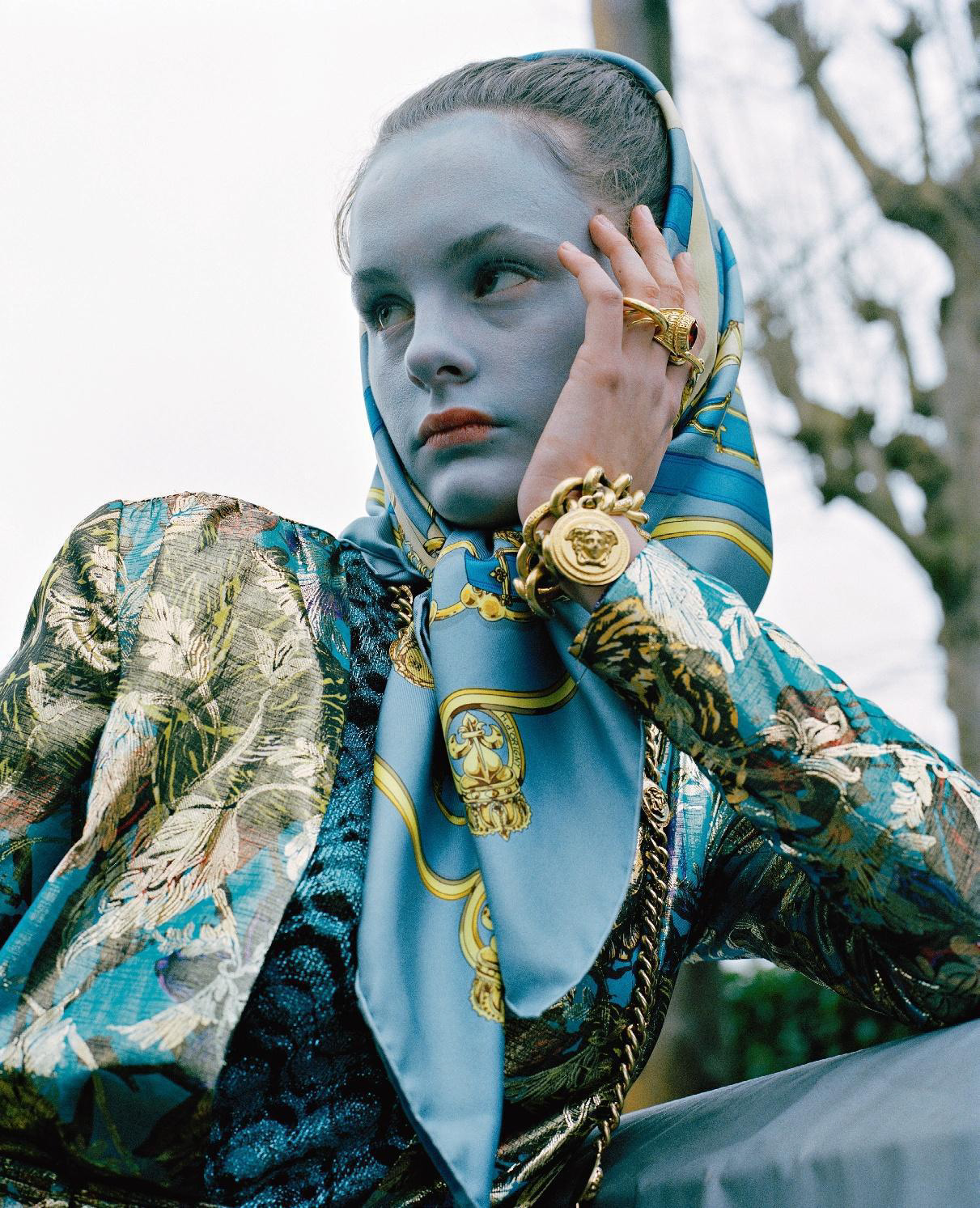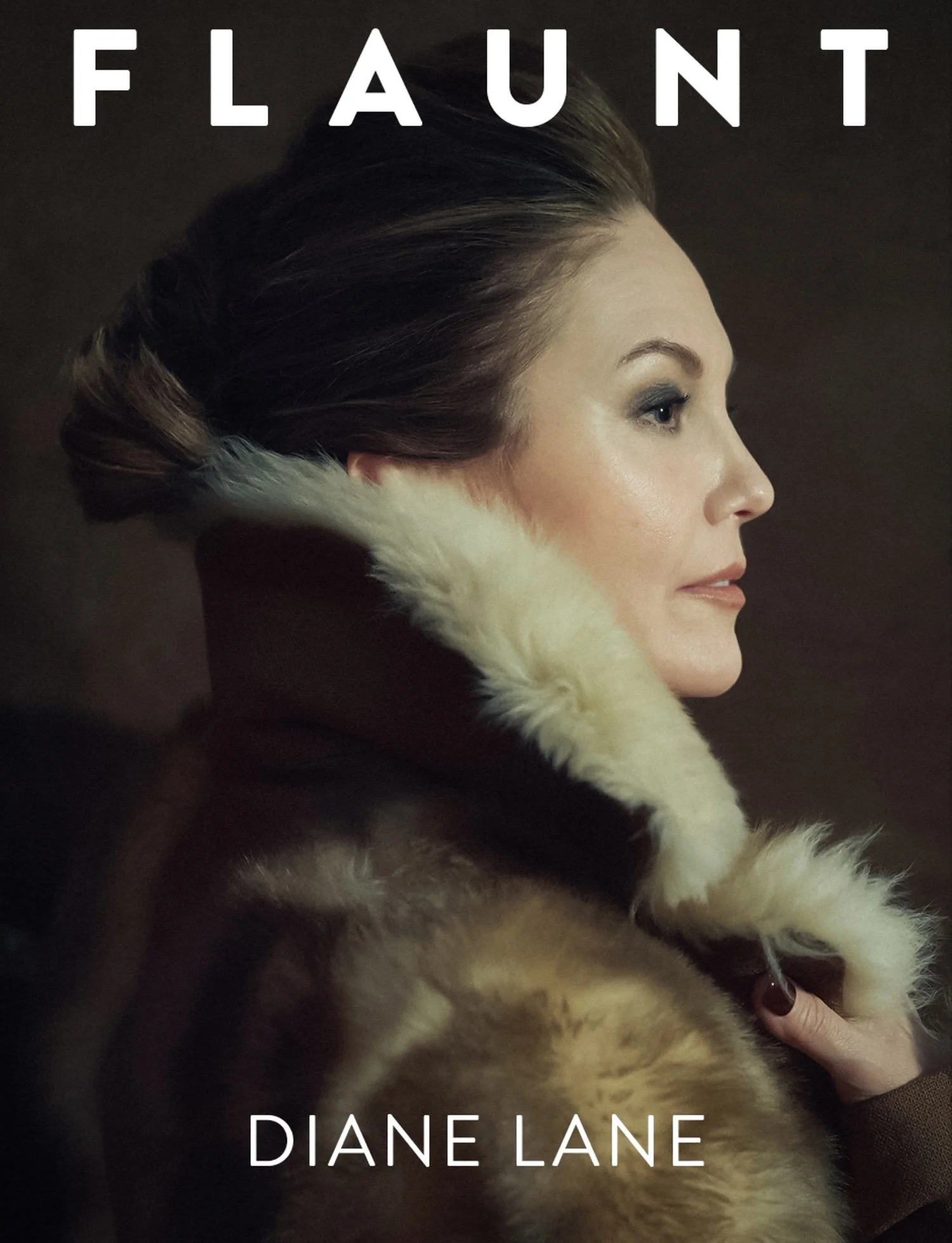Natalia Vodianova by Estelle Hanania in 'New Look' Elegance for Vogue China August 2020
/Supermodel Natalia Vodianova fronts a Dior’s 1947 advertorial dedicated to ‘The New Look’. The pre-COVID shoot places Natalia as one of three models lensed by Estelle Hanania with styling by Daniela Paudice, in the August 2020 issue of Vogue China.
Christian Dior’s debut collection in 1947 had a dramatic impact on post-war fashion with dramatically structured silhouettes that while perhaps pleasant to the eye, involved unnatural distortions of the body. The post WWII voluminous skirts, padded hips and tiny waists appealed to fashions of the 19th century, now retrofitted to 1947.
After years of world-war induced austerity, millions of women adored Dior’s vision of femininity. Because of his untimely death in 1957 at age 52, Christian Dior wasn’t able to fully develop his enraptured vision of women. Remember: “After women, flowers are the most lovely things God has given the world.”
Many historians and women’s rights activists see a bit of a plot in this vision of extreme femininity, poise and disciplined elegance. Not only did Dior’s New Look represent a serious national and international effort to get WWII cultural Rosie the Riveter women out of the work force — where she was quite happy being useful and not a mere ornament of beauty.
Colonial history upheavals were also afoot across the British and French empires.
Britain created the Partition of India in 1947, dividing British India into two independent dominion states, the Union of India and the Dominion of Pakistan, ending the Indo-Pakistani War of 1947-1948.
In Africa, 1947 saw the flowering of ‘black loyalism’ during a visit of the British royal family to South Africa that summer.
In contrast to the more prevalent media accounts of post-war African politics as emphasizing the radicalization of Africa’s political organizations, the growth of nationalism and grassroots insurgency, the purpose of the 1947 royal tour was to reinforce the African colonies professed faith in the British monarchy and totality of the empire.
With India in turmoil, many African black political leaders hoped that a display of ‘black loyalty’ to the British monarchy would be rewarded with an extension of political rights. They were wrong, of course, and these very public 1947 displays of ‘black loyalism’ to the British crown on the royal tour represented their swansong. Dissidence would become the new rule.
Early in his 1997-2011 tenure as creative director of Dior, John Galliano reinvented these very silhouettes into his vision of the Dior woman as incredibly beautiful if not very relatable, let alone wearable. The rise of America and its over-sized women with hips and larger breasts was a total contradiction to Galliano’s fairy-tale silhouettes and a blatant form of class-driven escapism.
It was only with the arrival of Raf Simons at Dior in 2012, that a more modernist energy was injected into the Dior brand. Simons — now co-creative director at Prada — imagined “a nostalgia for the future.” Suddenly, a new twenty-first century Dior woman was born, and that interpretative, modern energy has carried forth under the leadership of Dior’s current women’s creative director Maria Grazia Chiuri.
In light of new world events and especially the COVID-19 crisis, fashion aficionado eyes are on Maria Grazia Chiuri and her next steps. As of June 29, 2020, Dior president Pietro Beccari said that the brand will be presenting the ‘Christian Dior: Designer of Dreams’ digital exhibition in a 2,200-square-metre space in Shanghai.
“We are the first brand to organise an event of this magnitude in a country that has been so hard hit by the pandemic. It will be our first present to our Chinese customers,” he claimed. In addition, on 23 July, the day after the show in Puglia, the brand will open 19 pop-ups featuring the Dioramour collection across China, especially curated by Chiuri and arriving just in time for Chinese Valentine’s Day.” via FASHION Network.


